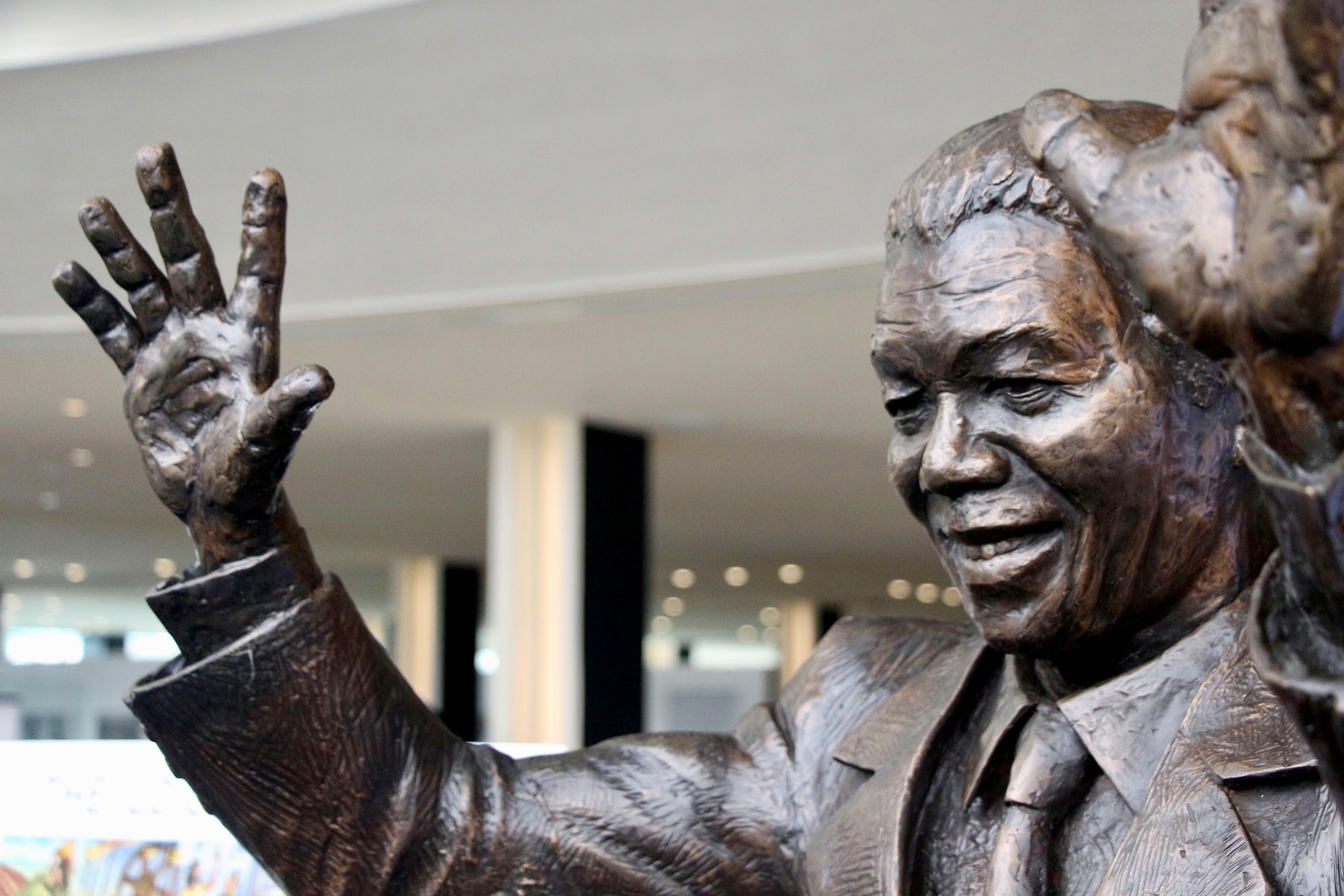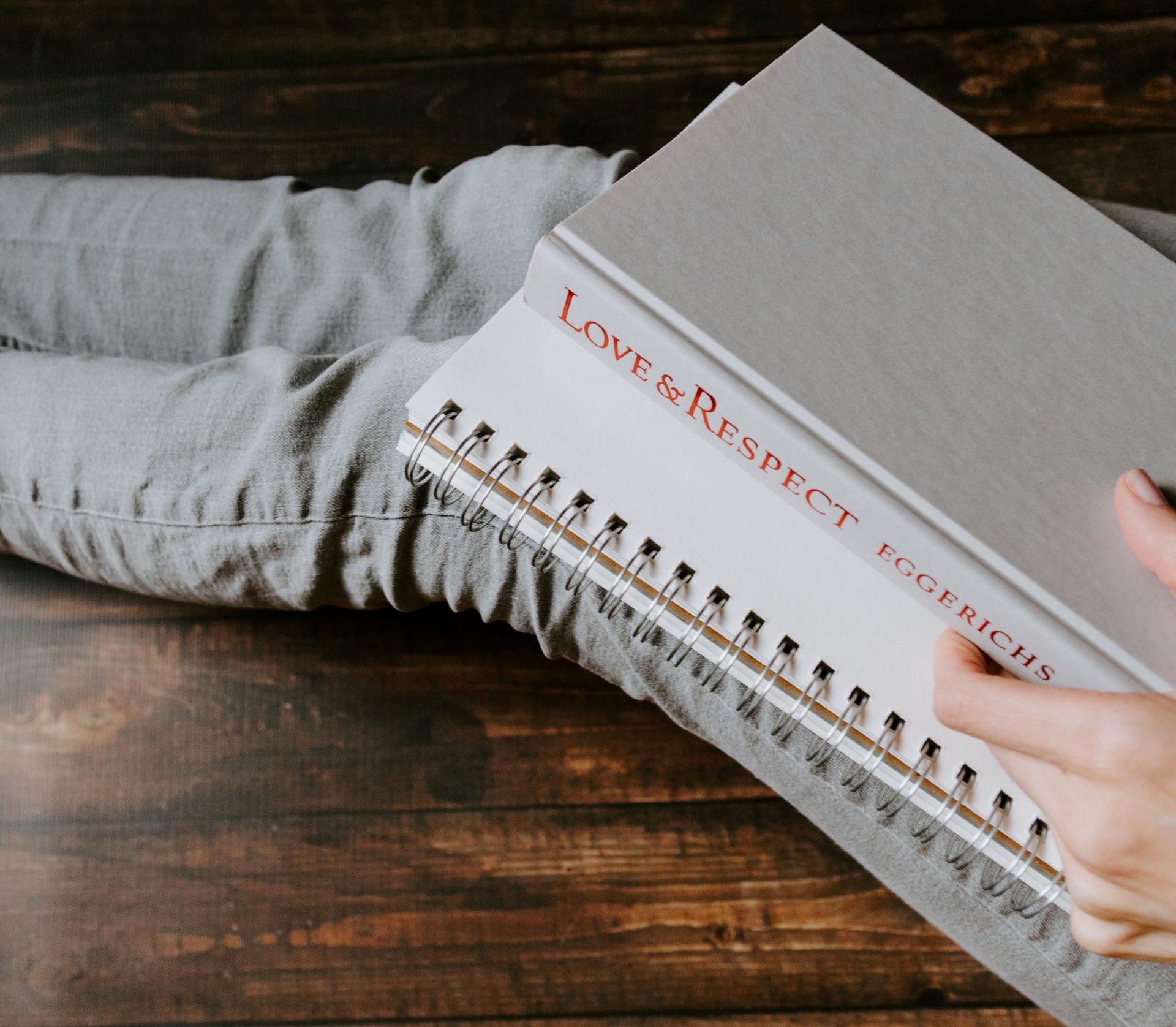How to Tell Wild Animals is the 4th poem from the Book First Flight Class 10th. This poem is telling us about various animals in a humorous way. Just by a simple reading, reader can identify the dangerous ways to identify an animals. I guess no one is going to use those method and this instance made this poem funny as well.
It is written by Carolyn Wells. She was an American writer and poet. In this poem, there are 6 paragraphs and 36 lines i.e. 6 lines in each paragraph. Rhyme scheme of this poem is ababcc.
Theme
The major theme of this poem is to identify and differentiate different animals from one another. The way to identify animals are risky & funny as well. This poem can be considered as a piece of Children Literary Work.
Main Points of How to Tell Wild Animals
- There are seven animals discussed in this poem. In the first paragraph Asian Lion, in the second paragraph Bengal Tiger, In the third paragraph Leopard, In the fourth Paragraph Bear, In the fifth paragraph Crocodile and Hyena and in the last paragraph Chameleon is discussed.
- It is only in the fifth paragraph in which two animals are discussed.
- Asian Lion is generally found in East.
- Bengal Tiger has black stripes on his yellow body.
- Leopard has a peppered skin and it is really a predator.
- Bear hugs its prey to death.
- Crocodile has false tear while Hyena has merry smile.
- Chameleon can disguise itself easily.
There are different ways to identify animals but neither wild animals need proximity with human, nor human need to interfere in their world.
Moral of the story
Question asked in Board Examinations
- What does Carolyn Wells said about the Asian Lion? [A-2017]
- What features of Leopard and Bear described by the poet? [D-2018]
- What is the central idea of the poem? [C-2019]
- Distinguish between Crocodile and Hyena? [D-2019]
- How can we recognize with Leopard? [C-2019]
- How can one identify Bengal Tiger? [D-2020]
Analysis
- In previous 4 years, 6 questions came in the board examinations and all questions are unique without any repetition.
- This poem has 7 animals hence scope of asking about different animals through wide range of question is possible.
- Student must take subjective approach in this poem because maximum question were asked about the features to identify any animal.
- Only Leopard is asked twice in board examinations. It makes leopard an important animal from examination point of view.
| Year | 2017 | 2018 | 2019 | 2020 |
| Question Came in Code | A | D | C, D | D |
5. Question were never asked in Code B but Code D is the most preferable for the poem. All students must learn few words meaning from this poem i.e. Tawny, Beast, Stripes, Discern, Strolling, Novice, Caress. In the poem a word “Nonplus” is used that means puzzled or confused.
Comprehension or Passage
Comprehension was not asked in 2017 Board Examinations. But Last paragraph dealing with Chameleon was asked in Code A Year 2018 and Code C Year 2020. No major synonym was asked but ‘Tis’ word is important to understand for the students because this is not a conventional English word.
Fourth paragraph dealing with Bear came in Year 2018 Set B. Synonym for the tern Embrace was asked that means Hugs in the Text.
Third paragraph dealing with Leopard came in Year 2019 Set A. Synonym for the tern Walking was asked that means Strolling in the Text.
First paragraph dealing with Asian Lion came in Year 2020 Set A. No Synonym was asked from this paragraph.
Hence trends are showing except 2017, Comprehension passage came in 2018, 2019 & 2020. This is possibly one of the preferable poem for this type of questions. Set A was always preferred for this poem. It is a must learn poem for all students.
Following is the text taken by NCERT First Flight for Class X and analysis is carried out on the basis of Board of School Education, Haryana previous year question papers. Read the Text of the chapter for enhancing reading and speaking skills.








